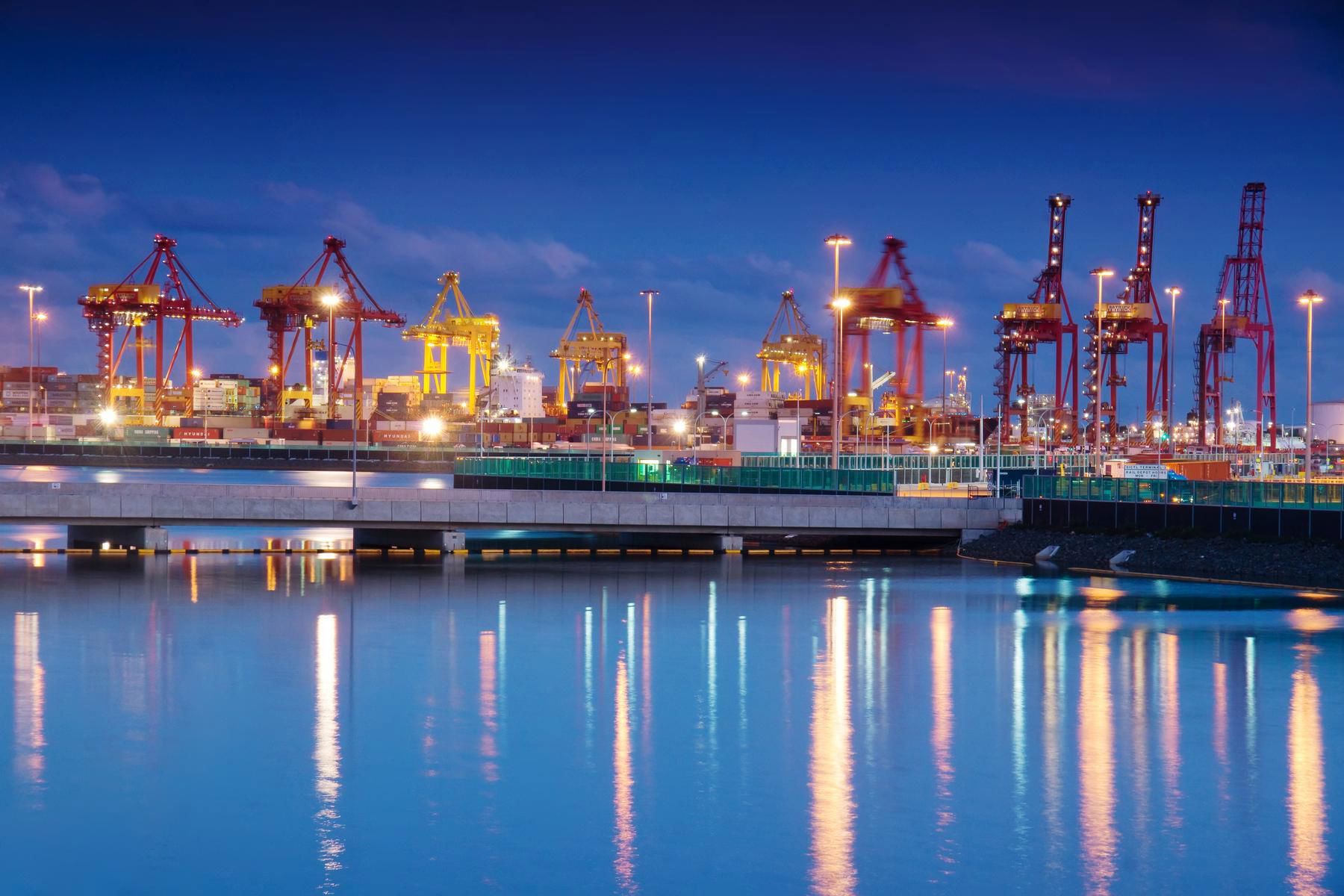
Flinders Port Holdings steers towards lower emissions operations
Demonstrating decarbonisation pathways for the maritime sector
The CEFC is helping steer Australia’s maritime sector towards net zero through finance for electrification initiatives across seven Flinders Port Holdings ports in South Australia.
$70 million
CEFC commitment
Seven
SA ports
Net zero
by 2050
Stevedoring operations are traditionally difficult to abate and as both an owner and operator of multiple ports, FPH is in a unique position to catalyse change. Our work with FPH will demonstrate the potential for a more sustainable maritime sector, setting a precedent for decarbonisation across some 70 Australian ports.Ian LearmonthCEO, CEFC
Our investment
The CEFC has committed $70 million to Flinders Port Holdings (FPH) in its first direct finance for the maritime sector and its first green financing of container stevedoring operations in Australia.
The capital will support:
- Electrification initiatives across seven South Australian ports
- Measures that accelerate towards low and zero emissions technologies and operations for customers
- Replacement of internal combustion engine light vehicles and vessels with electric and hybrid alternatives
- Installation of solar PV across sites.
FPH will investigate:
- Transitioning to an electric Automated Rubber Tyre Gantry at Flinders Adelaide Container Terminal
- The potential for connecting berthed ships to the grid to replace diesel bunker fuel.
Fast tracking net zero targets
The CEFC finance will help fast track FPH net zero emissions targets for Scopes 1, 2 and 3. FPH has committed to reach net zero for Scopes 1 and 2 by 2040, and Scope 3 by 2050.
OUR IMPACT
The shipping sector, which powers the global economy, represents an enormous opportunity to drive down transport emissions. More than 80 per cent of global trade is carried by sea,1 and while it is one of the most cost-efficient methods of goods transport, it is also one of the most emissions intensive. International shipping is estimated to emit about two per cent of global energy-related emissions.2
Creating credible pathways for cleaner ports
Australia has signed up to International Maritime Organisation efforts to reduce total annual greenhouse gas emission from shipping by at least 50 per cent by 2050.
The transition to cleaner port operations and vessel technologies requires considerable investment in new infrastructure, potentially disrupting established shipping practices and posing significant financial challenges.
The CEFC, through its commitment to FPH, is demonstrating a credible pathway for ports and port operators to reduce emissions and remain competitive, while protecting this critical sector of the economy.
FPH actions to decarbonise its operations place it at the forefront of the industry, giving it a competitive edge as the world transitions to net zero emissions.
1 World Trade Organisation Services: Sector by Sector, Maritime Transport
2 International Energy Agency, Tracking Clean Energy Progress 2023




